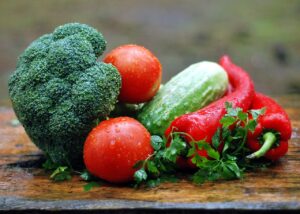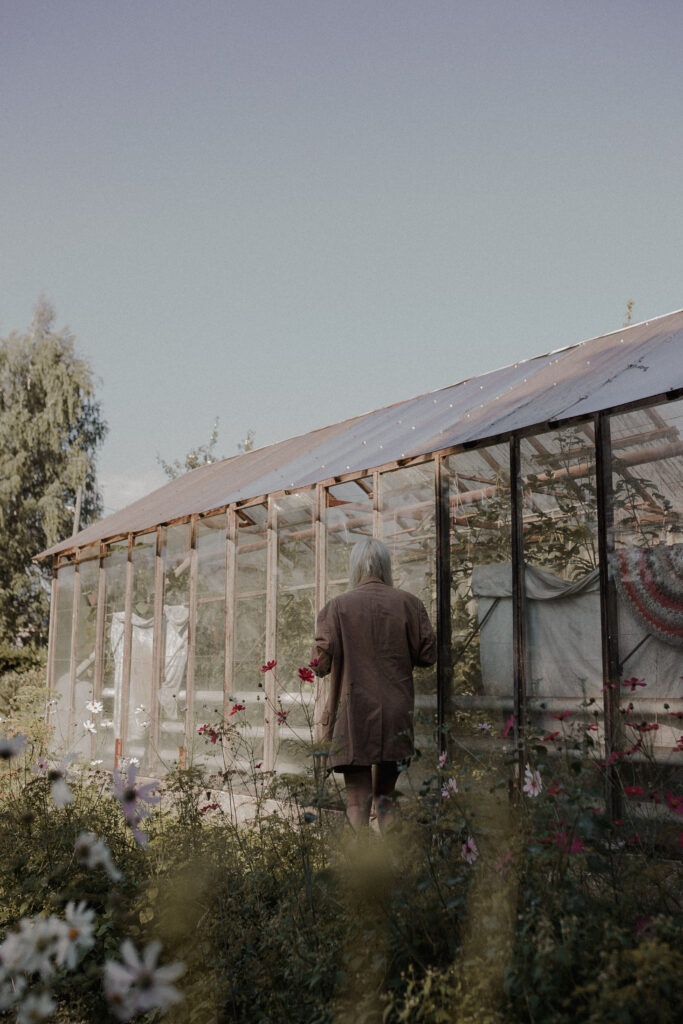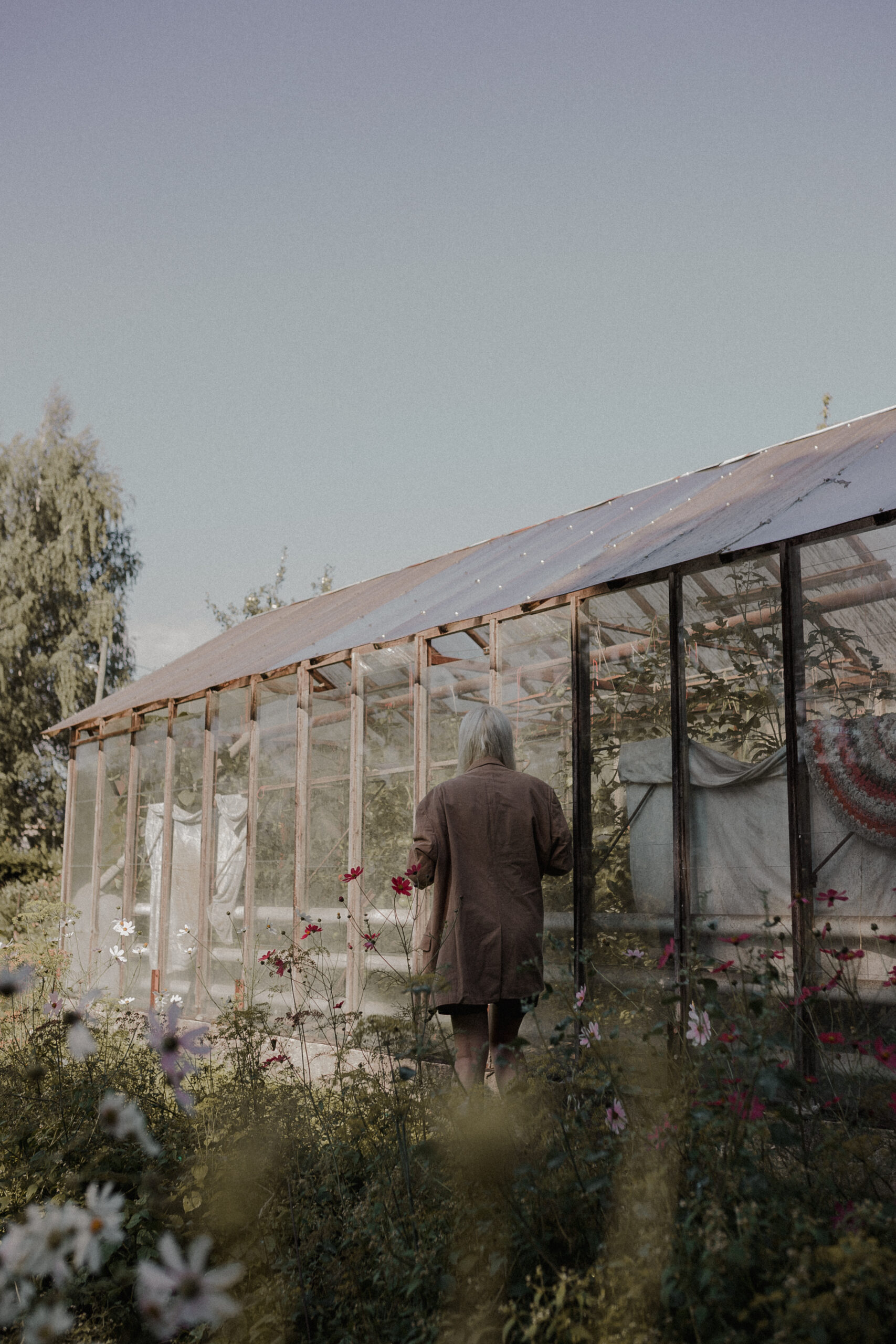What Are Some Ways to Find Edible Plants in the Wild?
When in need of sustenance in the great outdoors, do not despair. There are various methods for finding food in the wild. Familiarize yourself with local flora and learn to identify edible plants. Consider guidebooks, online resources, or workshops on foraging. Additionally, consulting with experienced hikers or survivalists can provide valuable insights and enhance your skills in finding food in the wild. Stay prepared and safe during your wilderness adventures.
Edible Plants in My Area
Are you interested in exploring the wonderful world of foraging for edible plants? Well, you’re in luck! In this article, we will dive into all the delicious and nutritious edible plants that can be found in our area. From juicy fruits to leafy greens, we’ve got it all covered. So put on your walking shoes and get ready to discover the abundance of nature’s pantry right outside your doorstep.
1. Fruits
Let’s start our edible journey with the sweet and juicy fruits that can be found in our area. From tart berries to succulent apples, there is an array of fruits waiting to be picked. In the spring and early summer, keep an eye out for ripe strawberries and blackberries. These delightful treats can be enjoyed on their own or added to your favorite recipes for a burst of fruity flavor. As the seasons change, be on the lookout for apples, pears, and plums. These tree fruits are not only delicious, but they can also be transformed into homemade jams, pies, and even ciders. So grab a basket and head out to the nearest orchard or wild grove to enjoy the bountiful harvest.2. Vegetables
Next up on our edible plant adventure are the versatile and nutritious vegetables that can be found in our area. Whether you’re a fan of salads or stir-fries, you’ll find plenty of options to tantalize your taste buds. From vibrant tomatoes to crunchy cucumbers, there are vegetables to suit every palate. During the warmer months, take advantage of the abundance of zucchini, bell peppers, and eggplants. These summer vegetables can be grilled, roasted, or simply enjoyed raw in refreshing salads. As the weather cools down, root vegetables like carrots, beets, and potatoes take center stage. Roast them to bring out their natural sweetness or turn them into comforting soups and stews. The possibilities are endless when it comes to incorporating these nutritious gems into your daily meals.

3. Herbs
If you’re looking to add a burst of flavor to your culinary creations, look no further than the wide variety of herbs found in our area. From fragrant basil to aromatic rosemary, there is an herb for every dish. Grow them in your garden or forage for them in the wild. Not only will they elevate the taste of your meals, but they also come with a host of health benefits. Mint, for example, aids digestion, while thyme has antimicrobial properties. So go ahead and experiment with different combinations of herbs to create your signature dishes and impress your family and friends with your culinary talents.4. Nuts and Seeds
For a dose of healthy fats and a satisfying crunch, turn your attention to the nuts and seeds that can be foraged in our area. Walnuts, hazelnuts, and pecans are just a few examples of the delicious treasures waiting to be discovered. Not only do these nuts provide a boost of energy, but they also contain essential vitamins and minerals. If you’re feeling adventurous, you can even try your hand at cracking open pine cones to reveal the hidden edible pine nuts within. Additionally, seeds such as sunflower and pumpkin seeds are not only delicious when roasted, but they’re also packed with nutrients. So grab a bag and start collecting these nature’s gifts for a healthy and tasty snack.5. Edible Flowers
Did you know that some flowers are not just beautiful to look at, but they’re also edible? That’s right! In our area, you can find a variety of edible flowers that can add a pop of color and flavor to your dishes. Nasturtiums, pansies, and violets are just a few examples of these edible gems. Decorate your salads with their vibrant petals, or use them to create stunning floral ice cubes for your summer beverages. Just make sure to do your research and ensure that the flowers you pick are safe to consume. With these edible flowers, you can turn an ordinary meal into an extraordinary feast for both the eyes and the taste buds.
6. Leafy Greens
Leafy greens are not only nutritious but also incredibly versatile. In our area, you can find a wide variety of leafy greens that can be enjoyed in salads, stir-fries, or even smoothies. Spinach, kale, and Swiss chard are just a few examples of these nutrient-rich powerhouses. Not only do they provide a range of vitamins and minerals, but they’re also a great source of dietary fiber. Take a stroll through local farmers markets or your own backyard garden to discover the abundance of leafy greens available to you. Incorporate them into your meals for a healthy and delicious boost to your diet.
7. Foraging Tips
Now that you’re excited about the prospect of foraging for edible plants, here are a few tips to ensure a successful and safe experience. First and foremost, familiarize yourself with the plants in your area. Get to know their characteristics, such as their leaves, flowers, and fruit. You can consult field guides or join local foraging groups to learn more. Always make sure to forage responsibly by following sustainable harvesting practices. This means only taking what you need and leaving enough for the plants to reproduce and thrive. Additionally, be aware of any potential contaminants in the area, such as pesticides or polluted water sources. Finally, it’s essential to properly identify the plants you forage to avoid any potential food poisoning or allergic reactions. When in doubt, consult with an expert or rely on local knowledge.8. Local Farms and Farmers Markets
If foraging isn’t your cup of tea, or if you simply want to support local farmers, our area is fortunate to have an abundance of local farms and farmers markets. These establishments offer a wide variety of fresh, locally grown produce and often have knowledgeable farmers who can guide you in your culinary adventures. Visiting these farms and markets not only allows you to connect with the local community but also enables you to enjoy the flavors of the season. So grab your tote bags and head out to explore the vibrant world of local farming.
9. Sustainable Harvesting Practices
As you venture into the world of edible plant foraging, it’s important to practice sustainable harvesting. This means being respectful of nature and ensuring the plants you gather can continue to thrive. Here are a few principles to keep in mind: only gather what you need, don’t remove entire plants or uproot them, and never harvest from protected or endangered species. By following these practices, you can enjoy the bounties of nature without causing harm or depletion to the ecosystem. Remember, sustainability is key to ensuring a continuous and abundant supply of edible plants for future generations.10. Safety Considerations
While foraging for edible plants can be an exciting adventure, it’s essential to prioritize safety. Here are a few safety considerations to keep in mind:- Be cautious of poisonous look-alikes: Some plants may resemble edible ones, but they could be toxic. Always consult reliable sources or experts to avoid any accidents.
- Avoid areas with contamination: Be mindful of areas that may have been exposed to pesticides, pollutants, or other harmful substances.
- Allergies and sensitivities: If you have known allergies or sensitivities to certain foods or plants, make sure to research and identify potential allergens before consuming any wild edibles.
- Beware of wildlife encounters: Remember that when foraging, you may encounter wildlife. Be respectful, give them space, and never interfere with their habitats or food sources.

I’m Alex, the author behind True Survivalist. As a survival enthusiast myself, I’ve created this website to serve as a valuable resource for fellow survivalists and preppers. Whether it’s understanding survival situations, emergency preparedness, or finding the right survival gear, I’ve got you covered. Through a series of informative guides, I aim to provide answers to commonly asked questions, debunk common myths, and help you avoid common mistakes. At True Survivalist, I believe in equipping you with the knowledge and tools you need to be prepared for any survival scenario. Join me on this journey of self-reliance and resilience.
